I consider myself a storyteller. Only I don’t write the story, I make pictures of the stories I want to tell. There’s something about making a picture that creates a strong connection between the photographer, the subject and your audience.
To tell a compelling story through imagery it is important to pay attention to a few key components to make your image and story stronger: light, emotion and composition.
Read more: How to take outstanding photos that tell a story
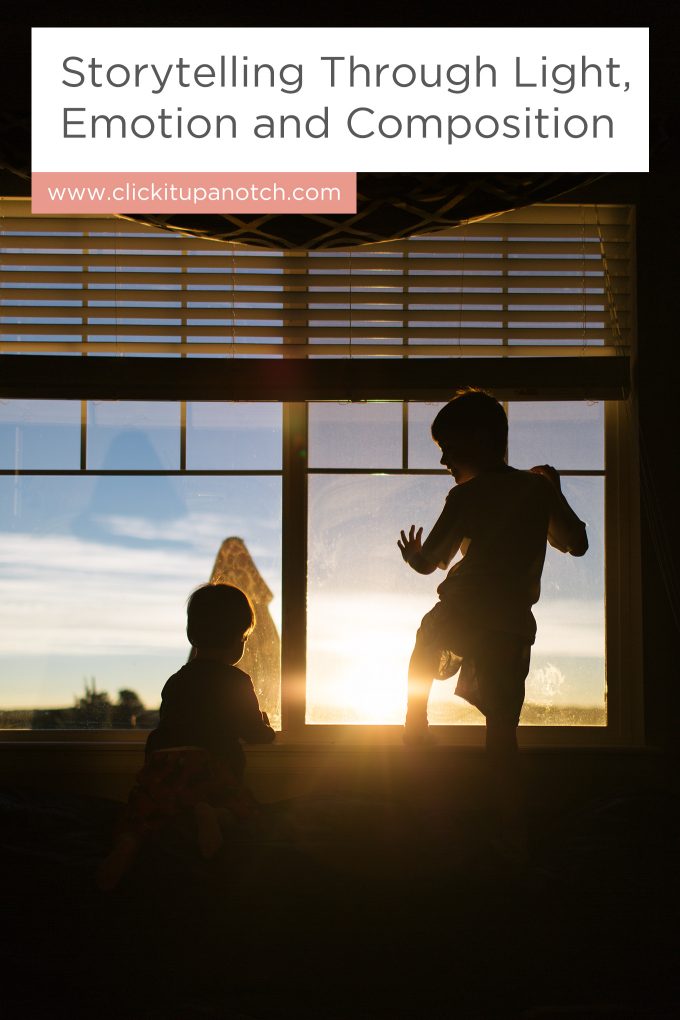
How we photograph light will always play a huge role in the mood and interest of our images. As photographers we are able to make creative lighting choices in all different types of light. In most of my work I love to work with dramatic light utilizing both shadows and light to create contrast and vibrant color.
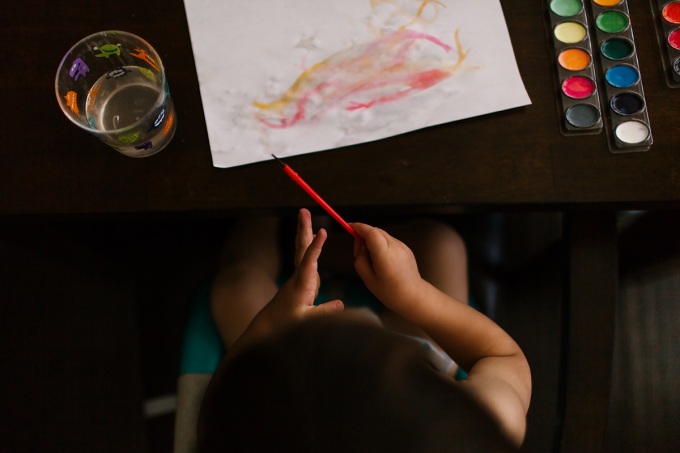
The first thing that has helped me take control of my lighting choices is to shoot in Spot-Metering Mode. If you own a DSLR there are usually options to choose this as a custom setting which will help you select a specific area in your scene that you want to meter from. This is very important when working with dramatic light.

If I am shooting indoors, I will often look for pockets of light and try place my subjects in that light. I will meter my camera for the highlights in the scene in order to create darker shadows within that pocket of light.
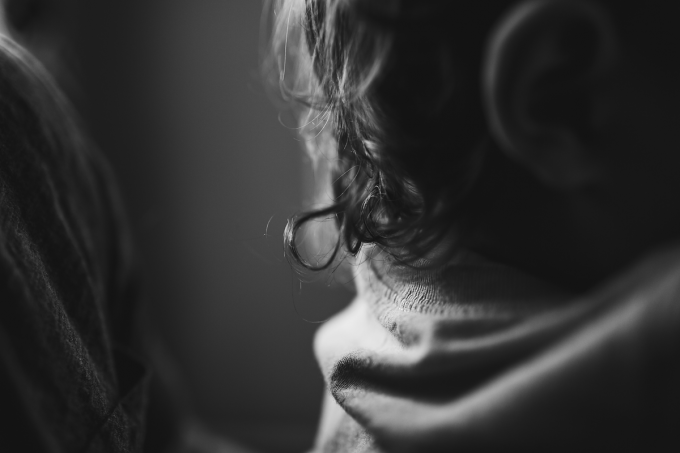
For example, here I took a meter reading on my camera at the brightest spot in the frame (the outdoor window light) which means that my highlights were the most important part of my lighting choice and I did not want to blow them out.
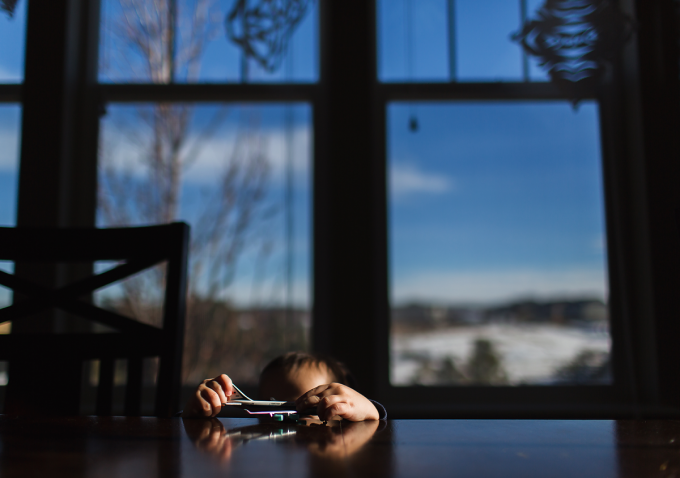
If I am shooting in an outdoor backlit situation and want to meter for the middle grey in the scene. A few common middle grey elements outdoors are green grass, trees, reds, or the darkest part of a person’s face.
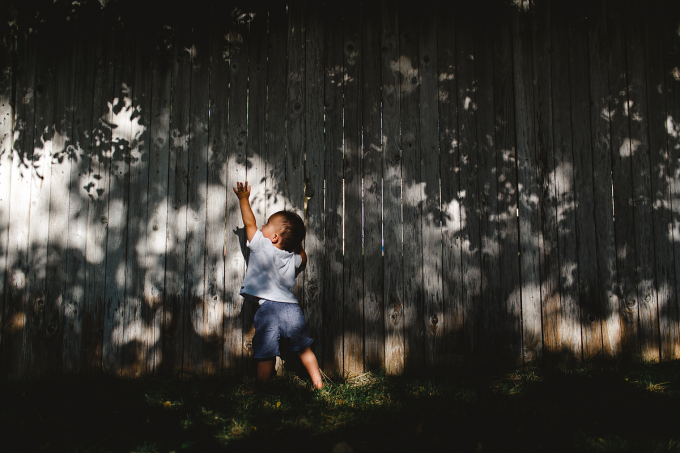
I also look for ways to diffuse the sun in backlit situations. Choose a location where the sun can be filtered through an object such as a house, tree, hills, etc.
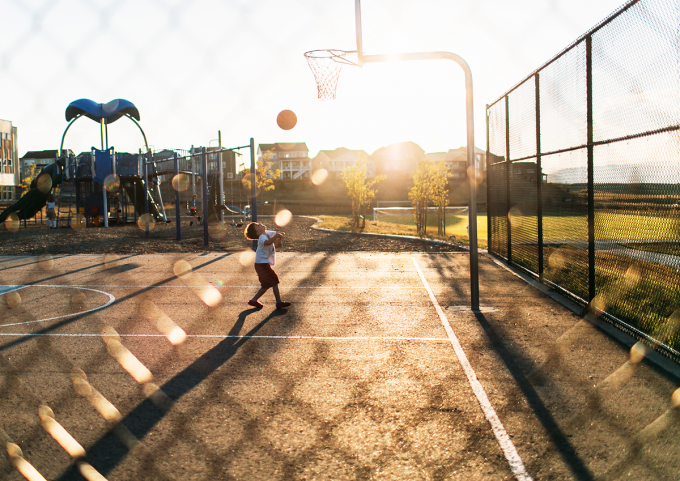
While lighting is an essential part of making the picture, so is documenting the emotion or relationship between the subject(s) and the light in the frame. This part takes a little bit of patience. Be an observer of what’s happening in front of you. Watch your subjects interact with each other or notice their unique expressions and have your camera ready to capture that moment.
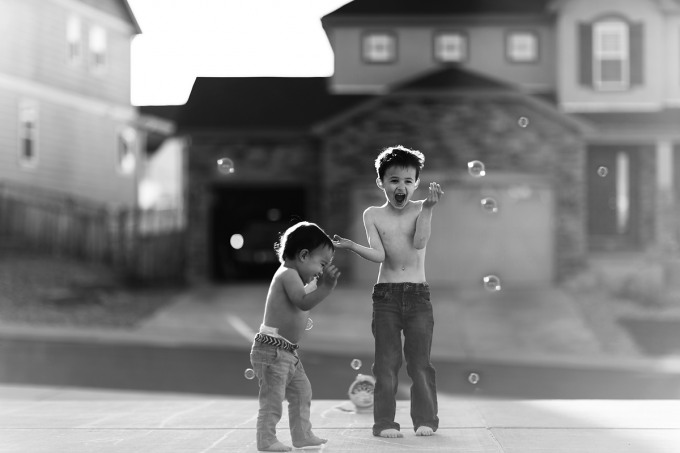
Sometimes you’ll miss it and that’s ok. Just keep observing, keep looking for that genuine laugh or the hilarious scowl. Be thoughtful in this process and take is slow. The art of creating a story with an image is a journey and not a competition.
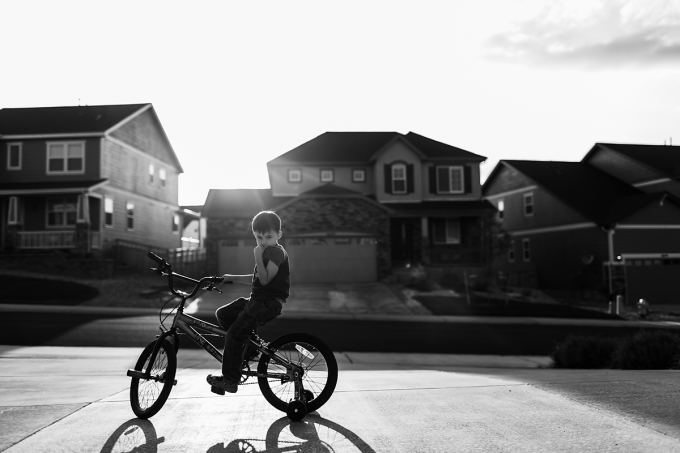
Composition is the last element I want to touch on today and it’s such an important piece of the storytelling puzzle. Many of you may be familiar with the rule of thirds in photography which is an awesome place to start. Placing your subject in the rule of thirds automatically creates a more interesting viewpoint.
Read more: 11 Photography Composition Rules to Know to Improve your Photography
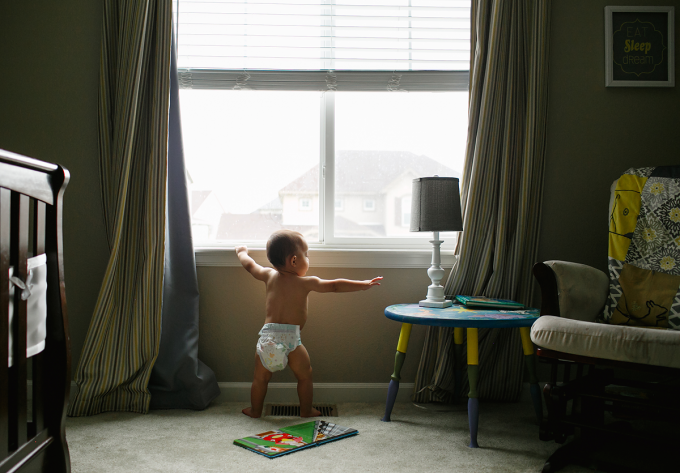
I encourage you to take composition a bit further and explore how you can photograph the same scene from several different perspectives. Instead of shooting the scene straight on, grab a chair or climb up onto a rock and shoot from above.
Read: 4 Types of Framing in Photography Composition
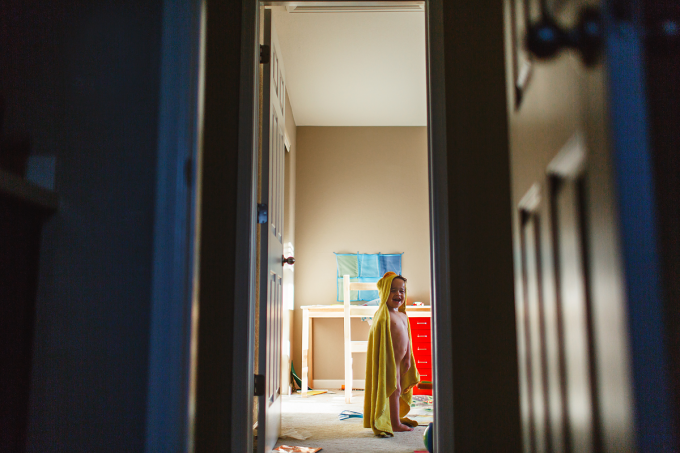
Get on the ground and shoot from below. Shoot your subject at eye-level, fill the frame or shoot from a wide angle. Connect subject in your frame in a shape such as a triangle.
Read – How to Use Leading Lines to Create Amazing Photos
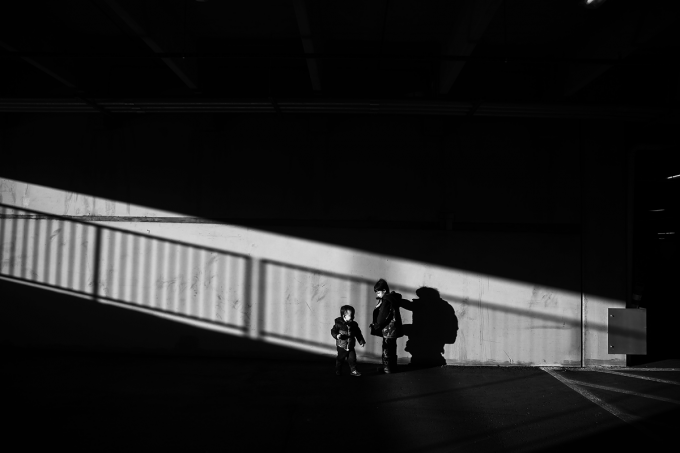
The best way to improve yourself as an artist and as a visual storyteller is to practice as often as you can and to connect with the story you want to tell.








[…] You could also get a little creative and use light as a way to frame. Look for pockets of light to place your subject in that will act like a frame around them like this photo. […]